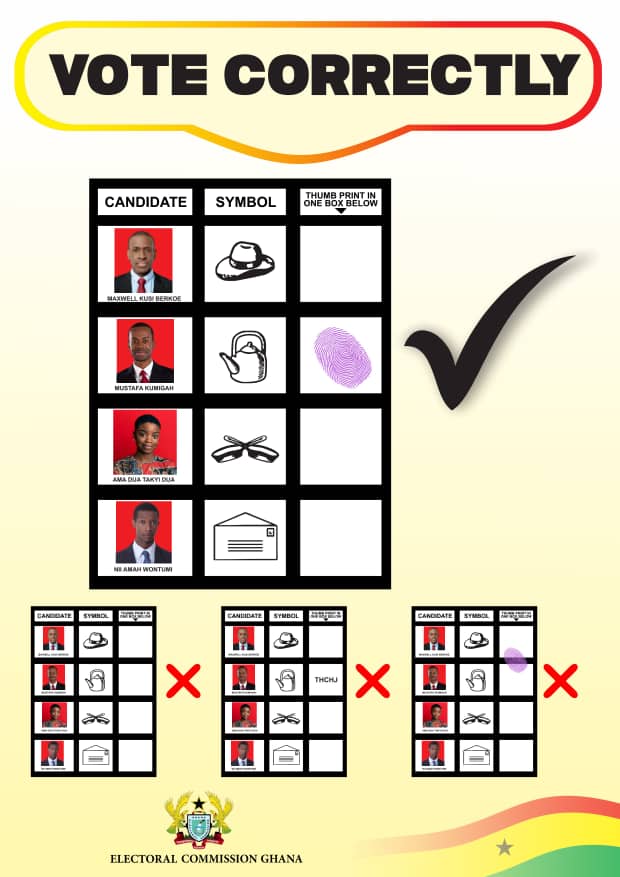Justice Sai writes: This is what distinguished Osagyefo Kwame Nkrumah from his opponents
Osagyefo put everything he had into the one Ghana project; and went on to start the United States of Africa project.

Nkrumah forged this beautiful nation into what it is today. He didn’t just dream it. To begin, what became Ghana used to be 4 different territories under British colonial administration – the Gold Coast Colony, the Northern Territories, Ashanti and the UN Trusteeship.
Each of these territories could have become a different country with a different date of independence, if at all. It wasn’t until April 30, 1954, when Nkrumah was the Prime Minister, that Ghana, by law, took its current shape. His role in the 1956 plebiscite is considered a conclusive testament to this.
- Advertisement -
Against all odds, he implemented costly policies and programs which still hold us together today. Osagyefo put everything he had into the one Ghana project; and went on to start the United States of Africa project. In the process of both projects, he earned sworn enemies – mostly, proponents of ideas which, today, are generally accepted as substandard.
- Advertisement -
One of such proponents was Col Afrifa, who would, later, be a co-architect of the 1966 coup. This was Col Afrifa’s sentiment when Nkrumah sent the core of Ghana Army to the Congo to help liberate that country from the claws of King Leopold of Belgium. Afrifa would lament:
“By August 1960 all our forces and equipment were concentrated on the Congo to the detriment of our own country. I started to ask myself what had gone wrong. We had lost lives in a struggle which was not ours, in a cause that was not ours.”
- Advertisement -
Clearly, he didn’t see the struggle in the Congo as Ghana’s. Then, on his return from the Congo, and transporting his troops to the Tamale barracks (now named after Gen Barwah, a martyr of the 1996 coup), Col Afrifa would recount what went through his brain when his convoy passed in front of the Flagstaff House:
“On my arrival at the Accra Airport from the Congo in 1962, I was to lead the men to Tamale, our destination. I paused for a moment and reflected – should I throw this troop of three hundred men into Flagstaff House and stop the rot from continuing?”
For him, the African liberation movement, the United States of Africa project, pan-Africanism, and all that was a “rot” for which Nkrumah must be punished, personally. But this is exactly what distinguished Osagyefo from his opponents – he always saw the bigger picture. Far ahead.
Da yie.
- Advertisement -



